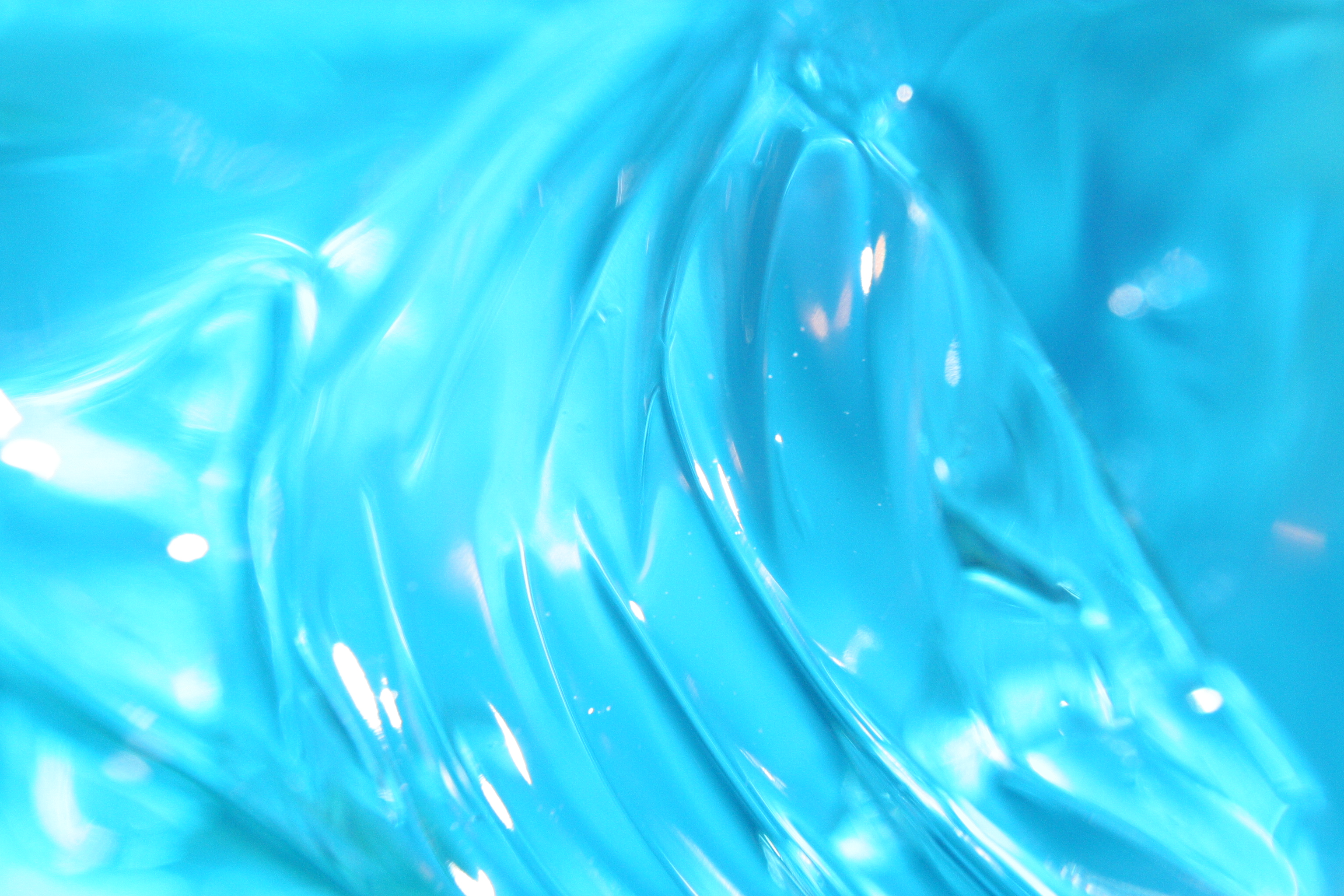
Background
An approach to tissue engineering includes mimicking the environment of tissue development _in vivo_; this includes the two components of a scaffold and a bioreactor. A scaffold is inserted into a bioreactor, which provides conditions that are similar to _in vivo_ conditions. Scaffolds need to meet specific requirements in order to facilitate cell seeding and diffusion; such requirements include high porosity, adequate pore size, biodegradability, and injectability. Hyaluronic acid (HA) is a naturally occurring polymer found in every tissue of the body, and is a popular option for cell culture scaffolds; however, before the present invention, the HA had to be crosslinked with chemicals for proper mechanical properties. Often, these chemicals are expensive and toxic.
Technology
This technology is an inexpensive, non toxic, and biochemically functional HA-hydrogel with improved mechanical stability. The hydrogel is comprised of hyaluronic acid, a nanoclay, and gelatin-type A. The HA is dissolved in a cell culture medium to form a HA solution containing amino acids, salts, glucose, vitamins and an antibiotic. Since this HA hydrogel is clay based, unlike currently available HA hydrogels, it's non-toxic and does not require fibronectin. The gelatin coating promotes cell adhesion and proliferation for well over two weeks.
Advantages
-Biodegradable - Can support cell adhesion - Do not require fibronectin in order to attach cells - Less expensive - Non-toxic - HA-hydrogel has biochemical functionality and improved mechanical stability
Application
- Tissue engineering - Cell culture scaffolds - Clinical applications
Inventors
Miriam Rafailovich, Professor of Material Science, Material Science & Chem. Engineering
Divya Bhatnagar, , Material Science & Engineering
Licensing Potential
Development partner,Commercial partner,Licensing
Licensing Status
Available for licensing.
Licensing Contact
Donna Tumminello, Assistant Director, Intellectual Property Partners, donna.tumminello@stonybrook.edu, 6316324163
Patent Status
Patented
[8367117](https://patents.google.com/patent/US8367117)
Tech Id
8245
